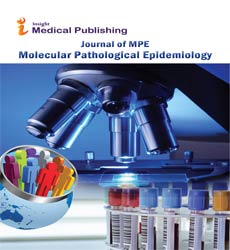Upcoming Special Issue
Zika virus epidemiology and recent Epidemics
| Suzane Ramos da Silva Research Associate USC Health Sciences Campus USA Submission date: 2016-09-25 |
Alzheimers now: epidemiology, progress, challenges, and research gaps
| Lawrence Broxmeyer, MD Medical researcher and Pennsylvania physician specializing in Internal medicine, Ex New York Institute of Medical Research USA Submission date: 2017-01-15 |
Special Issue on Glycobiology & Glycochemistry
Awards Nomination
Abstracted/Indexed in
- Secret Search Engine Labs
Open Access Journals
- Aquaculture & Veterinary Science
- Chemistry & Chemical Sciences
- Clinical Sciences
- Engineering
- General Science
- Genetics & Molecular Biology
- Health Care & Nursing
- Immunology & Microbiology
- Materials Science
- Mathematics & Physics
- Medical Sciences
- Neurology & Psychiatry
- Oncology & Cancer Science
- Pharmaceutical Sciences
